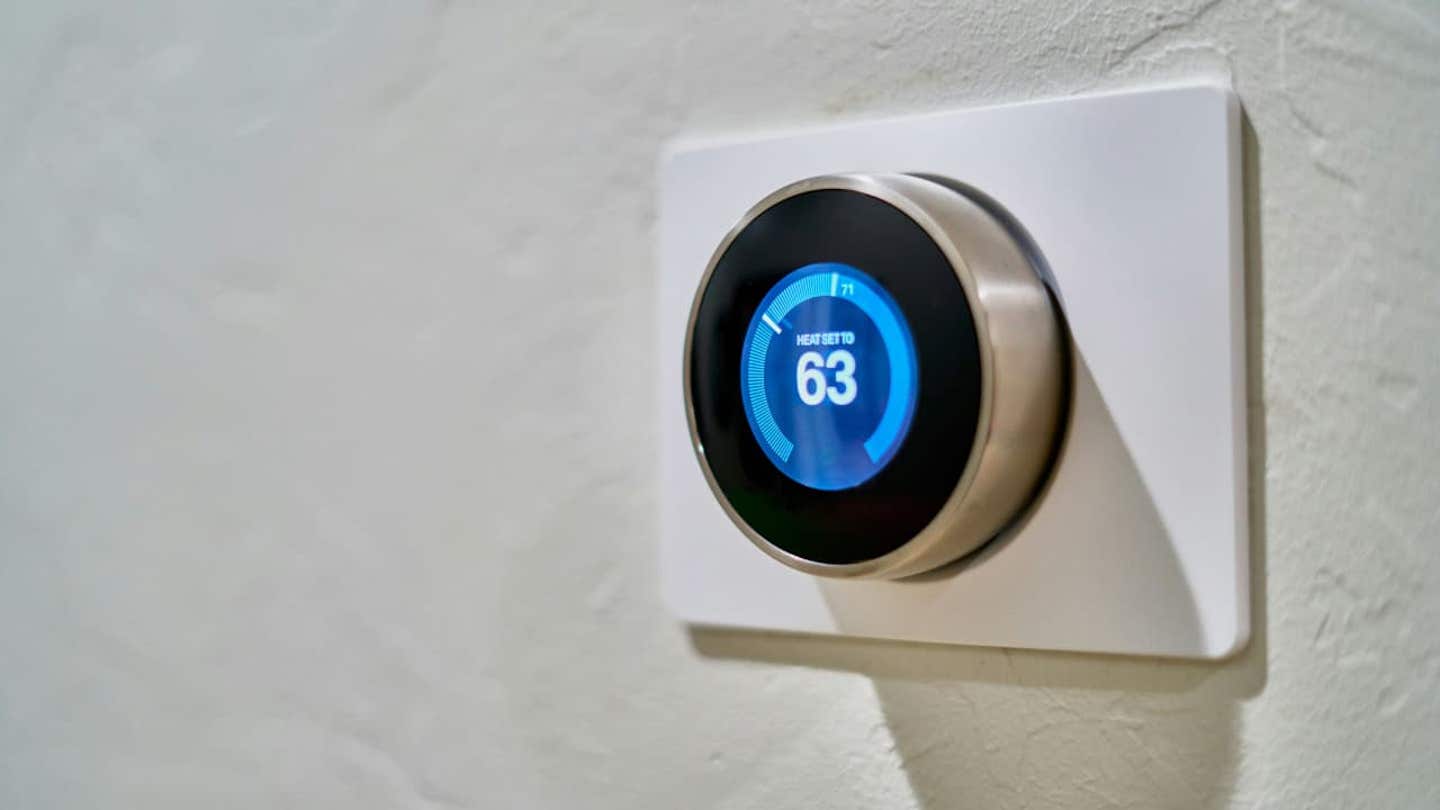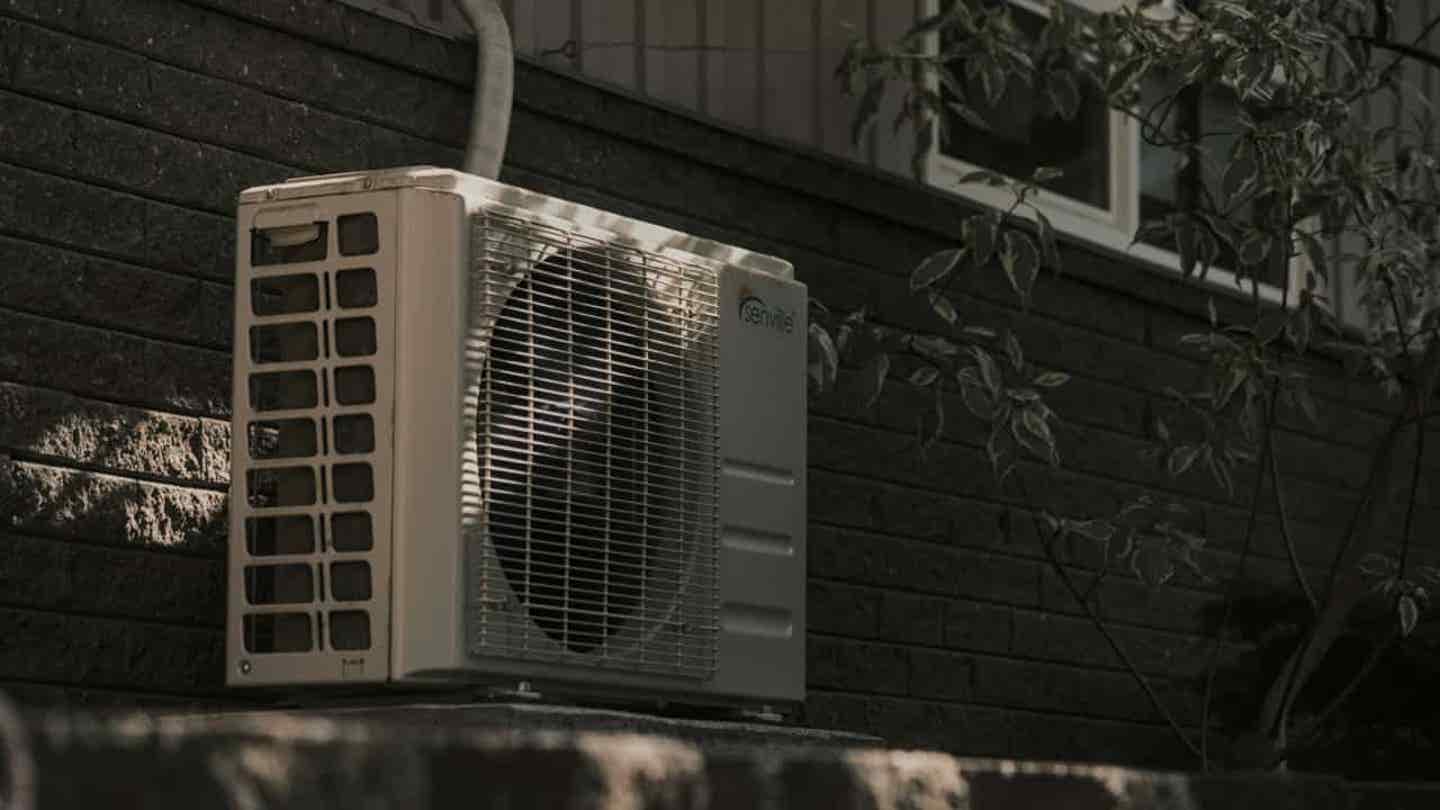NEWYou now have the option to listen to articles from Fox News!
Power saver programs are initiatives sponsored by utilities that assist in reducing electricity consumption during peak demand periods. These programs mainly focus on central air conditioners (AC) and heat pumps, as cooling systems contribute to spikes in summer energy demand. In return for incentives like bill credits or rebates, participating homeowners allow the utility to temporarily adjust or cycle their HVAC systems on hot days.
However, the situation is more complex than it seems. I recently received an email from Leah, an HVAC professional from Rio Rancho, New Mexico.
“I believe an article about the push for Smart Thermostats, and the convergence of the utilities’ efforts to regulate air conditioning usage for energy conservation would be beneficial.”
Leah highlighted the increasing push for smart thermostats and what he perceives as an attempt by utilities to gain more control over air conditioning usage, all in the name of energy conservation.
Let’s delve into the details of power saver programs, exploring their advantages, drawbacks, and everything else you should be aware of.
Sign up for my FREE CyberGuy Report
Receive my top tech tips, crucial security alerts, and exclusive deals directly in your inbox. Plus, gain immediate access to my Ultimate Scam Survival Guide – at no cost when you subscribe to my CYBERGUY.COM/NEWSLETTER
A smart thermostat (Kurt “CyberGuy” Knutsson)
How power saver programs manage your AC
Most residential power saver programs operate by temporarily reducing air conditioner usage at participating households during peak periods (typically summer afternoons). In most cases, the utility installs a control device on the outdoor AC unit’s compressor. During a peak event, a radio signal from the utility will cycle the compressor off and on at specific intervals. Programs like Xcel Energy’s Saver’s Switch utilize this approach.
Another method employed by utilities involves controlling thermostats. Homeowners are requested to enroll their Wi-Fi smart thermostats in a bring-your-own-thermostat program. During a demand response event, the utility or program operator remotely increases the thermostat setpoint for a few hours. This leads to reduced AC operation. Most programs allow users to override the change through the thermostat or app; however, emergency events may temporarily disable this option.
Advantages of participating in a power saver program
Power saver programs offer numerous benefits to both participating consumers and the broader community. Firstly, there are cost savings and incentives. Participants receive direct financial incentives, ranging from yearly bill credits of up to $40 to initial enrollment bonuses of $25-$100.
These programs also contribute to collective demand reduction during peak times, aiding in preventing grid overloads and blackouts. By coordinating energy reductions across numerous homes, utilities can avoid activating costly peaker plants or purchasing expensive electricity from the market.
Reducing peak demand can also help in avoiding the use of older, more polluting fossil-fuel generators. This results in reduced CO₂ emissions and lower air pollution on scorching days, when health risks are already elevated.

A smart thermostat (Kurt “CyberGuy” Knutsson)
Disadvantages and risks of power saver programs
Despite the benefits, residential power saver programs come with various potential drawbacks and concerns raised by both customers and experts.
“In New Mexico, where I live and work, our electric utility, PNM, offers a ‘Power Saver’ program. Customers can opt in to have a box mounted to their condenser, which disrupts the signal between the furnace and the condenser during peak consumption hours, effectively shutting it down,” Leah informs me.
“It’s not favorable for the condenser, and we often receive calls from customers who don’t fully grasp what they signed up for and are puzzled when their AC ceases to function. Currently, there is a movement towards gaining access to Wi-Fi-enabled thermostats to achieve the same objective. They aim to control our ACs.”
Understandably, many individuals are uneasy about utilities taking command of their cooling systems, particularly during extreme heat. Consider the incident with Xcel Energy in Colorado in 2022. During an energy crisis, 22,000 smart thermostat users were temporarily unable to adjust their ACs. Numerous users had never encountered a no-override event before and were understandably frustrated. Although rare, these incidents raise legitimate concerns regarding control and consent.
There are also technical concerns. Frequent short cycling of AC compressors can lead to increased wear and tear. Each startup strains the compressor motor, and repeated on-off cycles within a short timeframe may impact efficiency or shorten the unit’s lifespan, though this is contingent on the system and event frequency.
HOW 432 ROBOTS ARE RELOCATING A 7,500-TON HISTORIC BUILDING
Smart thermostats and utility control: What to know
Some individuals unknowingly enroll in thermostat adjustment programs. This results in confusion and frustration when their air conditioning is unexpectedly restricted. This often occurs due to default opt-in settings or vague incentive language associated with smart thermostats.
In Texas in 2021, many residents witnessed their smart thermostats being set above 78°F during an ERCOT conservation alert. They later discovered that they had unwittingly consented to allow utilities to make temperature adjustments.
Privacy and security concerns with smart thermostats
These programs also raise significant data privacy concerns. Wi-Fi-enabled thermostats gather and transmit sensitive data, including occupancy patterns, temperature preferences, and indications of when a home is likely unoccupied.
Cybersecurity is another issue. Like any internet-connected device, smart thermostats are susceptible to hacking or malicious remote commands. While major breaches impacting AC demand programs have not occurred so far, privacy advocates emphasize that the risks are genuine and increasing.

Air conditioner outdoor unit (Kurt “CyberGuy” Knutsson)
7 things to do if you’re considering power saver programs
Whether you’re contemplating enrollment or are already a participant, these measures will assist you in maintaining control, safeguarding your comfort, and avoiding unwelcome surprises:
1) Read the terms and opt in thoughtfully
Prior to joining any power saver or thermostat program, thoroughly review the terms. Ensure you comprehend the extent of the utility’s control, whether you can override adjustments, and how frequently modifications may occur. Always opt for manual enrollment during smart home app setup rather than automatic enrollment.
WHAT IS ARTIFICIAL INTELLIGENCE (AI)?
2) Select thermostats with clear override options
Utilize a Wi-Fi thermostat that facilitates easy overrides during demand response events. Several models enable temporary or permanent opt-outs through the app or device itself. Familiarize yourself with this process before a peak event to prevent any surprises.
Discover expert-reviewed smart thermostats that empower you at Cyberguy.com/SmartThermostats
3) Stay informed about energy events
Enable alerts from your utility to receive notifications about peak demand events via email, text, or app. Check your utility’s website for schedules or forecasts and opt out in advance if necessary. Being informed grants you more control over your system’s behavior.
4) Secure your smart devices
Employ robust passwords for your thermostat and home Wi-Fi. Activate two-factor authentication (2FA) if available. Consider utilizing a password manager to generate and store complex passwords.
For detailed information on the finest expert-reviewed Password Managers of 2025, visit Cyberguy.com/Passwords
5) Update software
Keep your thermostat’s software up to date to shield it from potential security threats or remote interference.
GET FOX BUSINESS ON THE GO BY CLICKING HERE
6) Know how to opt out or disconnect
If the program doesn’t align with your preferences, learn how to remove your thermostat from it. Utilities typically provide opt-out instructions via their website or app. You might also need to adjust settings or factory reset your thermostat.
For additional ways to save on your power bill or to ascertain if opting out is financially sound for you, visit Cyberguy.com/SaveonPower
7) Monitor comfort and performance
Observe how your AC functions during demand events. Should you notice unusual behavior like frequent short cycling or your home becoming excessively warm, it may be time to reconsider your participation.
For more tips on maintaining a cool and comfortable home, explore Cyberguy.com/KeepCool
Kurt’s main takeaway
Power saver programs can aid in alleviating grid stress and provide modest financial incentives, but they entail trade-offs. Users may experience diminished comfort, equipment wear, and loss of control, sometimes without realizing they’ve opted in. Furthermore, there are valid concerns surrounding data privacy and security. These programs necessitate clearer communication and enhanced safeguards for widespread acceptance.
CLICK HERE TO GET THE FOX NEWS APP
Is the promise of energy savings worth sacrificing privacy and control over your home’s temperature? Share your thoughts with us by reaching out to Cyberguy.com/Contact
Sign up for my FREE CyberGuy Report
Receive my top tech tips, crucial security alerts, and exclusive deals directly in your inbox. Plus, gain immediate access to my Ultimate Scam Survival Guide – at no cost when you subscribe to my CYBERGUY.COM/NEWSLETTER
Copyright 2025 CyberGuy.com. All rights reserved.
Kurt “CyberGuy” Knutsson is an award-winning tech journalist who has a deep love of technology, gear and gadgets that make life better with his contributions for Fox News & FOX Business beginning mornings on “FOX & Friends.” Got a tech question? Get Kurt’s free CyberGuy Newsletter, share your voice, a story idea or comment at CyberGuy.com.





